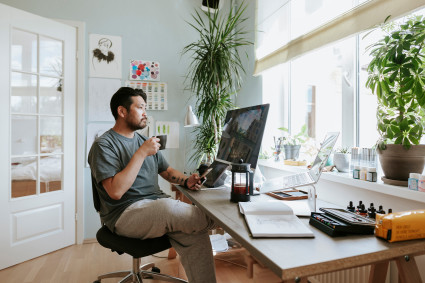Essentials for a home office setup
Having the right equipment is the first step toward making the best home office setup for your work style. Check out the essentials to improve your productivity from the comfort of your home. Spoiler alert: It all begins with — you guessed it — a committed workspace.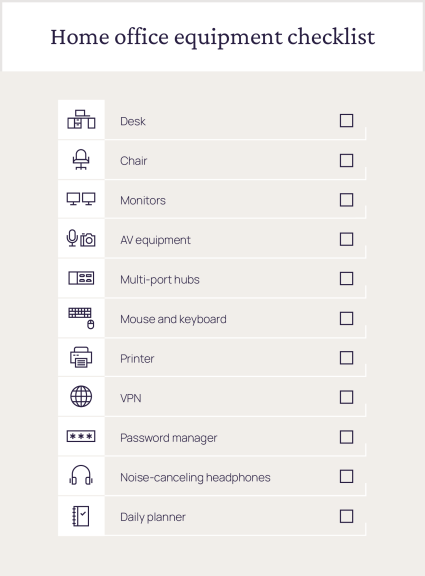
A committed workspace
Having a dedicated office area in your home can help you get into work mode more quickly. You save time by not needing to tear it down and set it back up each day, and through routine, you’ll associate the area with work instead of leisure.An ideal workspace will have the following qualities:- Privacy: Pick an area in your home that is away from household activity.
- Quiet: You can soundproof the room by installing acoustic panels on walls, adding window inserts or hanging soundproof curtains over doors.
- Adequate lighting: Swap out dim light bulbs for ones labeled “6500K” or “daylight.” Have an adjustable desk lamp to spotlight certain areas. Use a ring light for video calls.
- Suitable electrical outlets: Use multi-outlet adaptors with surge protection to connect all of your devices.
Ergonomic furniture
Having furniture that properly fits your body can improve your productivity while also keeping you healthy. Sitting in awkward positions for hours every day can lead to spinal pain, poor circulation and breathing issues. To improve your posture and comfort, get furniture like this:- Desk: Your desk height should allow your elbows and knees to bend between 90-110 degrees while sitting. Consider using a desk height calculator to estimate proper heights. A sit-stand desk can provide even more options for comfort.
- Chair: Your chair should also rest at a comfortable height that doesn’t inhibit circulation. Try using a chair that provides adequate lumbar support, or use a lumbar chair insert for improved comfort.
- Correct monitor height: Your monitor should be positioned so you’re looking at the top third of the screen. You can purchase specialized stands to increase the height or even place your monitor on sturdy books to get a few more inches.
Necessary equipment
If your company’s office had a one-size-fits-all layout, now is your chance to customize the small things to your liking.Make your job easier by getting equipment like this:- Monitors: Get a second monitor to make working in multiple browser windows easier to manage. Alternatively, get an extra-wide monitor if you find it difficult to keep track of two screens.
- AV equipment: Most computers these days have built-in webcams and microphones, but if you have a lot of video calls, it might be worth investing in ones with better quality to maintain professionalism.
- Multi-port hubs: If you’re working from a single computer at home, you’ll likely need some adaptors to make sure there’s room for everything to connect.
- Mouse and keyboard: Similar to the ergonomics of your furniture, having a mouse and keyboard that are the right size for your body can increase your comfort throughout the day and help you avoid carpal tunnel syndrome.
- Printer: Investing in a quality printer can help you maintain professionalism at home while avoiding the need for trips to the office or library.
Productivity tools
Here are some additional productivity aids you may find beneficial:- VPN: A virtual private network (VPN) offers increased security and privacy while using a public network. Your company may have its own VPN for accessing company files. If it doesn’t, consider investing in one for more cyber protection.
- Password manager: This is another tool your company may provide for you. A password manager makes it easy to access needed websites from any device while keeping the passwords safe.
- Noise-canceling headphones: If your home is noisy, a quality pair of headphones can drown out ambient noise and help you focus.
- Daily planner: This can be a journal, whiteboard or app. Choose the best option to keep you on task and meet your deadlines.
How to set up your home office based on your work style
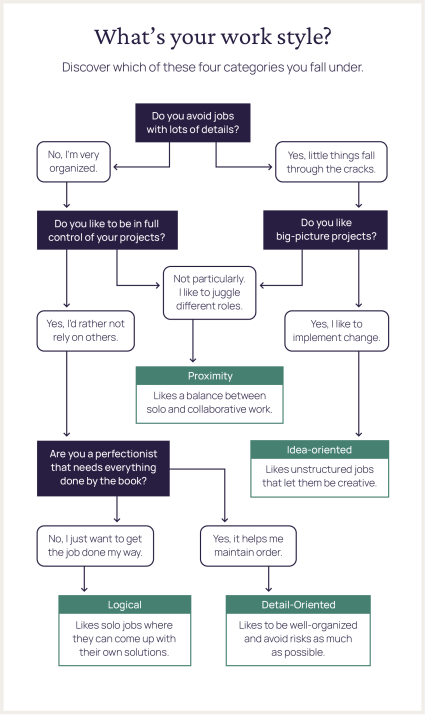
- Logical workers prefer a space to do their own thing and see projects through to the end. They like to solve their own problems with well-thought-out solutions.
- Proximity workers value a careful balance between independent and collaborative work. They’re capable of being autonomous while still benefiting from the feedback of co-workers.
- Detail-oriented workers value order and accuracy. They tend to be perfectionists and want to make sure small issues are resolved before they can worsen.
- Idea-oriented workers are big-picture thinkers who don't settle for the status quo. They’re unstructured in their work habits and might need outside accountability to see things through to the end.
Home office setups for the logical work style
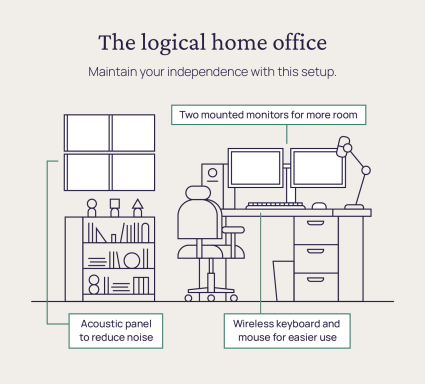
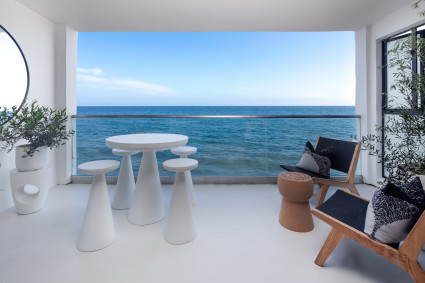
Home office setups for the proximity work style
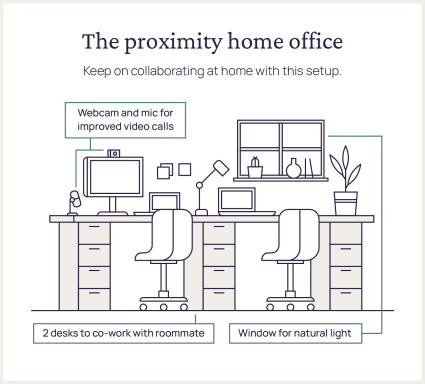
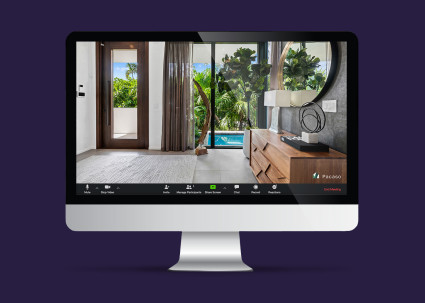
Home office setups for the detail-oriented work style
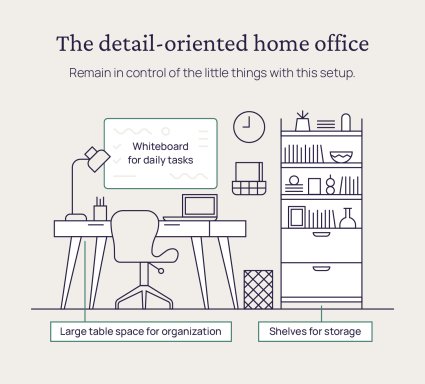
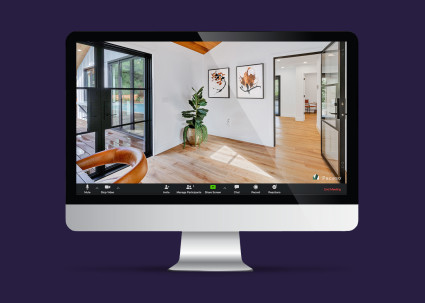
Home office setups for the idea-oriented work style
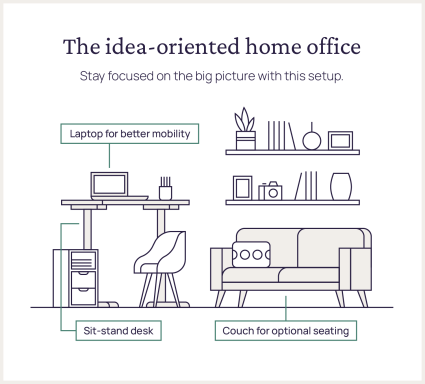
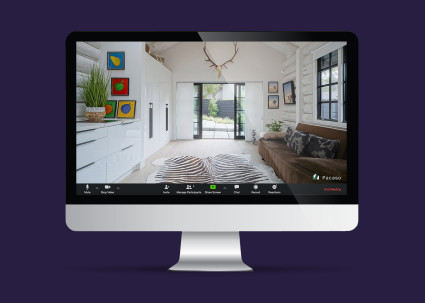
Embracing your unique work style and catering to your strengths is the not-so-hidden secret to accomplishing your tasks. Whether you need inspiration for your primary or second home, these home office setup tips can help you stay productive wherever you are.

